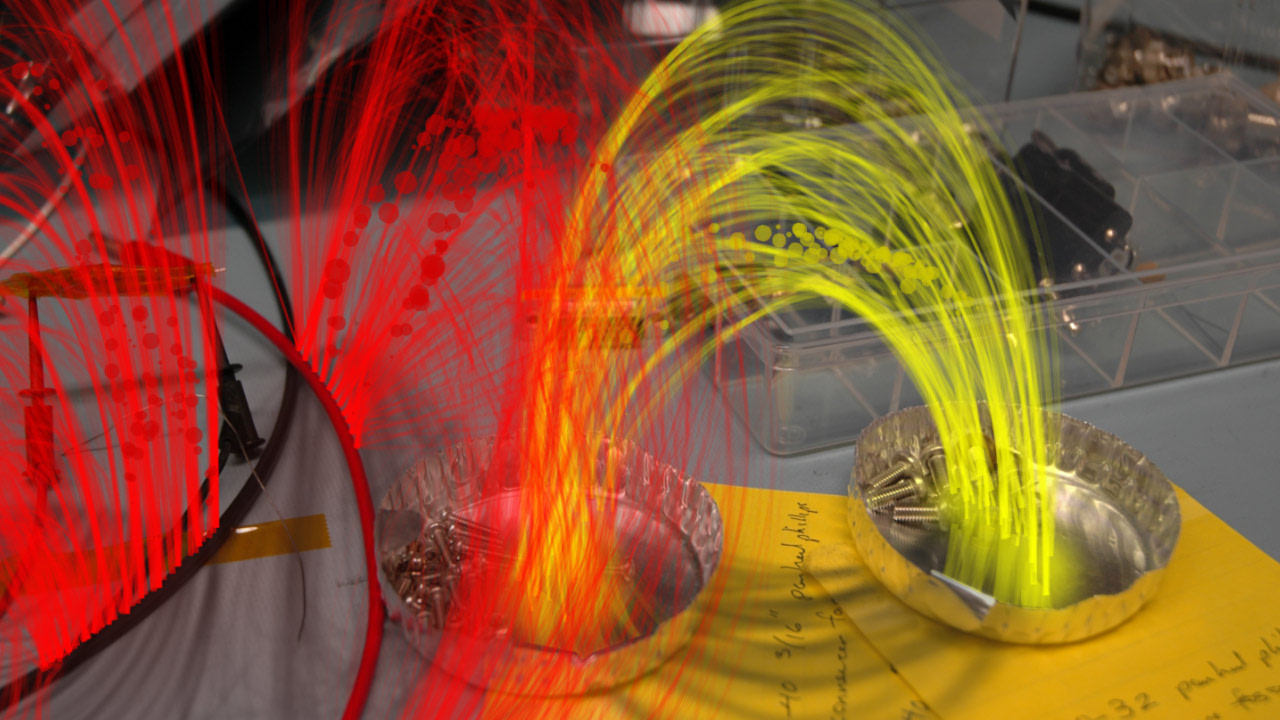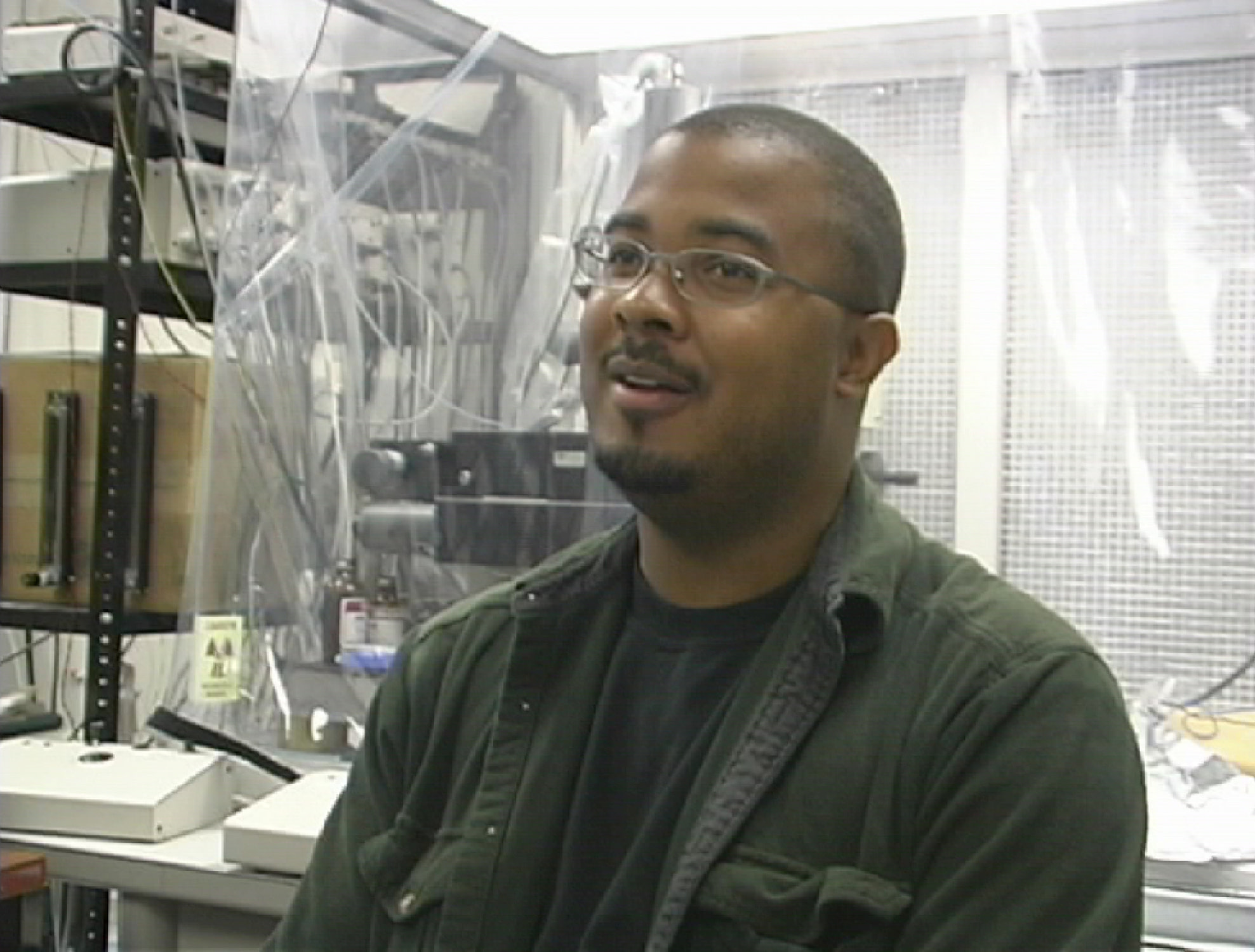2009
03:00 minutes / 17:00 minute loop
Single channel + installation
A Semiconductor work by Ruth Jarman and Joe Gerhardt.
Black Rain is sourced from images collected by the twin satellite, solar mission, STEREO. Here we see the HI (Heliospheric Imager) visual data as it tracks interplanetary space for solar wind and CME’s (coronal mass ejections) heading towards Earth.
Working with STEREO scientists, Semiconductor collected all the HI image data to date, revealing the journey of the satellites from their initial orientation, to their current tracing of the Earth’s orbit around the Sun. Solar wind, CME’s, passing planets and comets orbiting the sun can be seen as background stars and the milky way pass by.
As in Semiconductor’s previous work ‘Brilliant Noise’ which looked into the sun, they work with raw scientific satellite data which has not yet been cleaned and processed for public consumption. By embracing the artefacts calibration and phenomena of the capturing process we are reminded of the presence of the human observer who endeavours to extend our perceptions and knowledge through technological innovation.
Many thanks to: Chris Davis and Steve Crothers at the STFC Rutherford Appleton Laboratory, UK + Stuart Bale and Steven Christe at Space Sciences Lab UC Berkeley, USA































